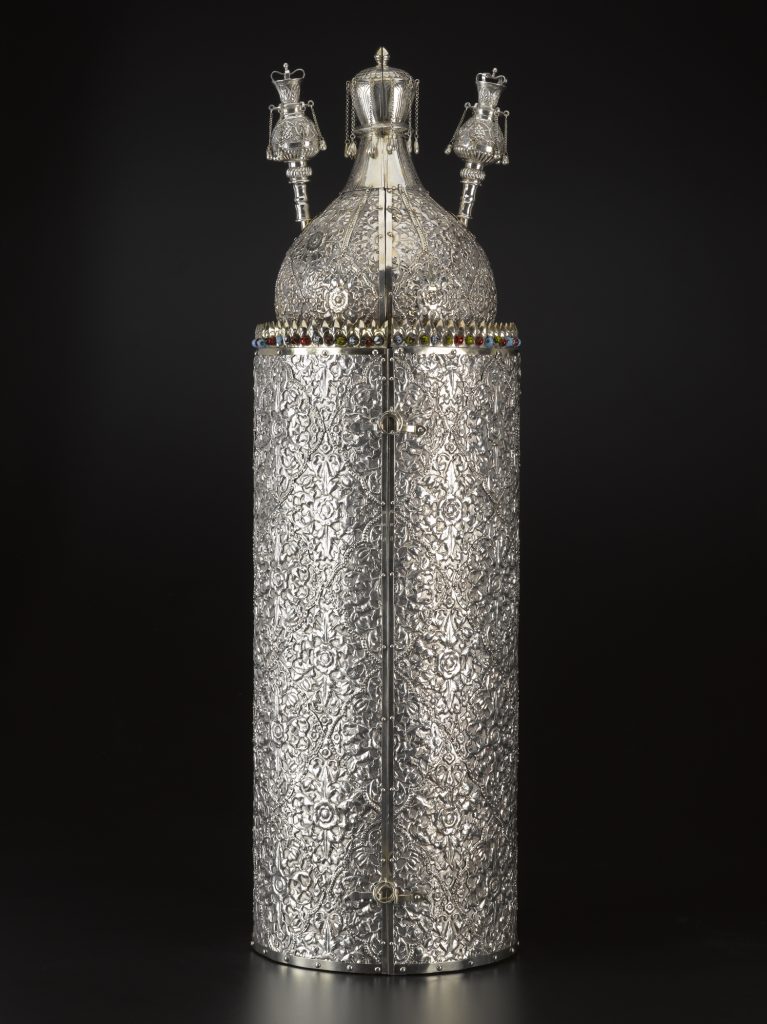Vocabulary
portfolio
draw
case
Torah
Materials
white tag board
non toxic markers, separated into plastic tubs
sample of an art portfolio with artwork inside
roll of paper towels
sample objects of things that are important to the teacher to use as examples (seashells, a favorite book, a photo of a pet).
Extension Activities for Teachers
- Make a scroll “book” add drawings/ writing/ tell a story.
Extension Activities for Families
- Make folded cards for family members and friends. Draw a picture on them to decorate. Help your child write notes to loved ones.
- Talk about family traditions and how special items in the home are protected.
- Talk about how your child’s artwork can be displayed and protected at home. Is there a special place where artwork is kept?


